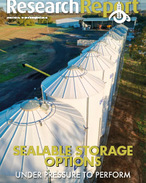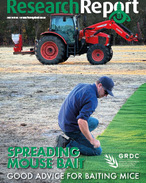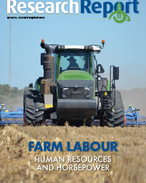This article is 3 years old. Images might not display.
A Grains Research and Development Corporation (GRDC) investment, led by Grower Group Alliance (GGA), will quantify the losses in each of the major grain crops in the western region.
GRDC Grower Relations manager - West, Rach Asquith, said the results from the research would help to inform growers of harvest grain loss reduction practices in future years.
"This investment will create a benchmark for grain losses at harvest, rather than growers relying on anecdotal evidence which in many cases probably underestimates the amount of grain left on the ground and the associated lost income," Asquith said.
"We want growers to be able to strike the optimum balance between acceptable grain loss and harvest efficiency," she said.
"The data collected through this investment will determine the different thresholds for each grain crop so growers can aim for that sweet spot of reduced grain losses without detrimental impact on harvest speed or logistics.
"The methodology being employed in this project will capture every variable that can impact on harvest losses from the front and the back of the harvester.
"The work would build on insights from a previous investment led by Planfarm consultant Peter Newman which specifically measured losses in canola crops.
"Until now, there has been no quantification of losses in other crops so this new investment with establish indicative baseline harvest loss parameters for wheat, barley, lupins, canola, oats, lentils, field peas, faba beans and chickpeas.
"With some crops currently commanding high prices, even a one per cent loss of grain at harvest could amount to a large overall financial loss," Asquith said.
According to the GRDC, the project will involve sampling and measurement of harvest losses at 75 sites across all WA port zones.
GGA program manager, Mark Holland, is coordinating the 12-month project and said the project had attracted a positive response from growers and the broader industry.
"Growers are keen to see this work being undertaken so they have a better understanding of the true extent of what they are losing during harvest," Holland said.
"The information generated out of this project will be fed back to the GRDC for assessment of the need for further investment in this area and in the development of related future projects," he said.
"Program outcomes are likely to have some relevance and application to other cropping regions across Australia," Holland said.























